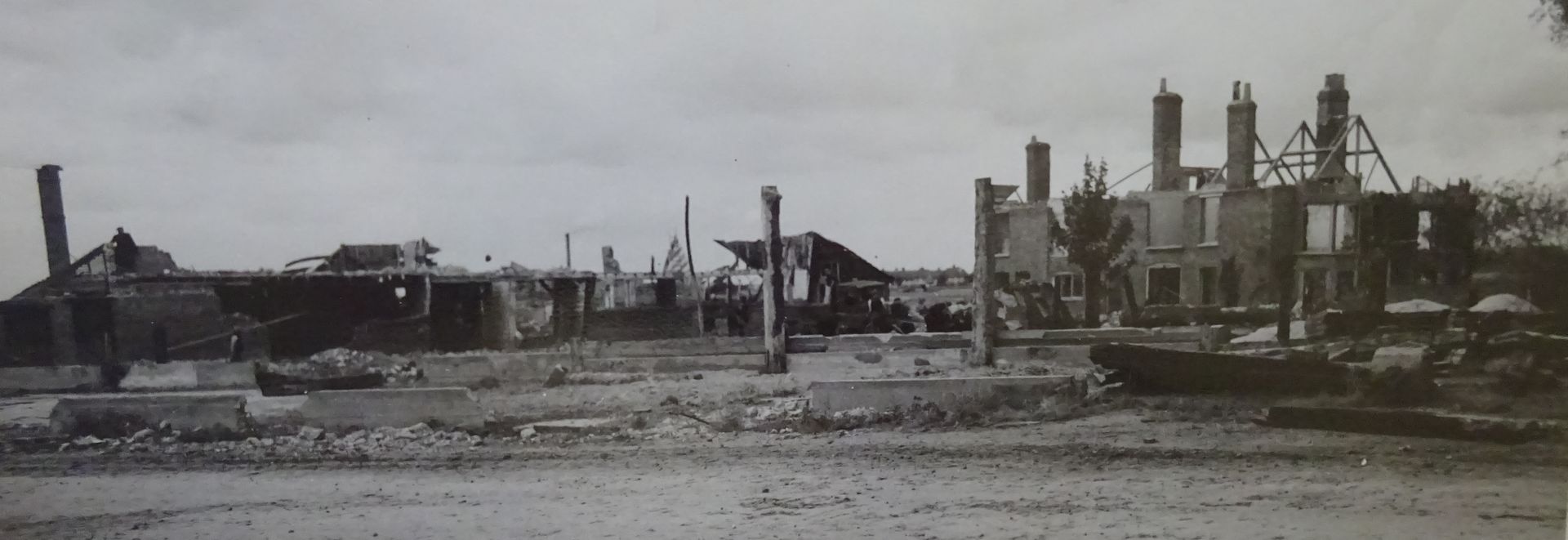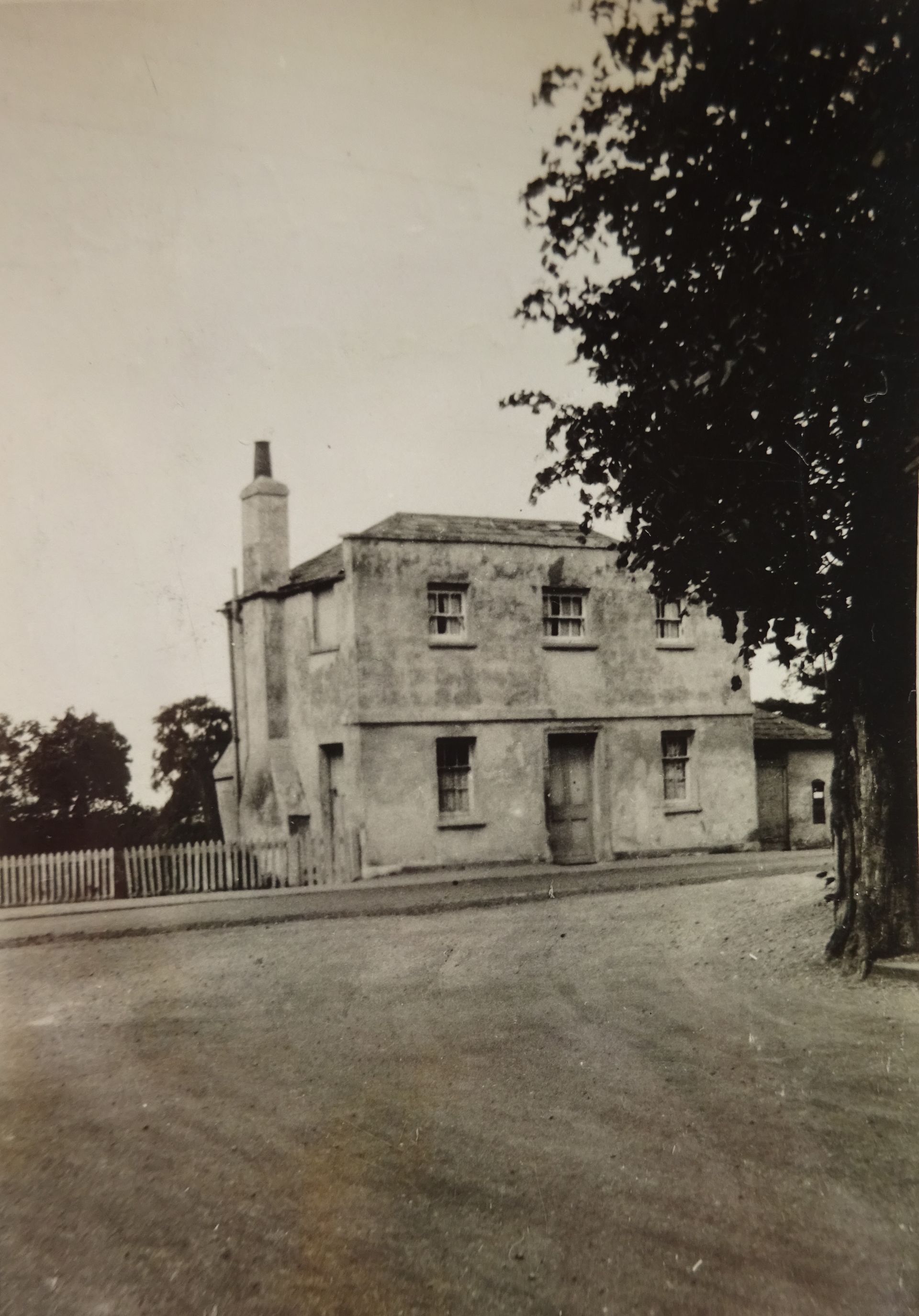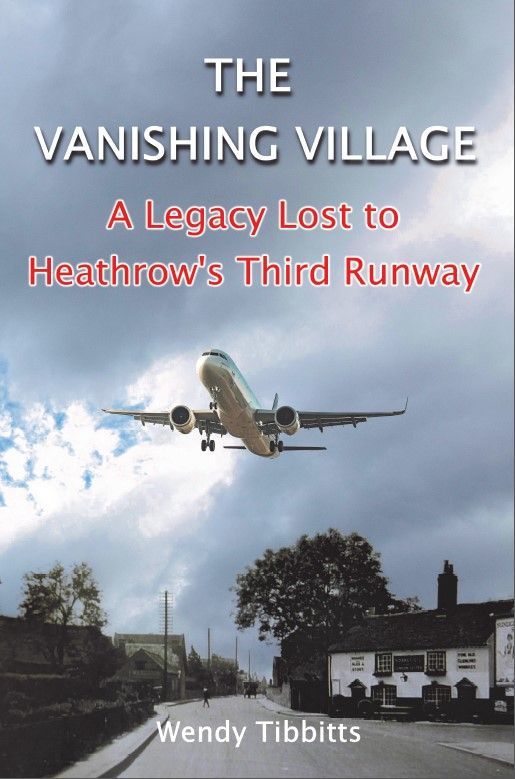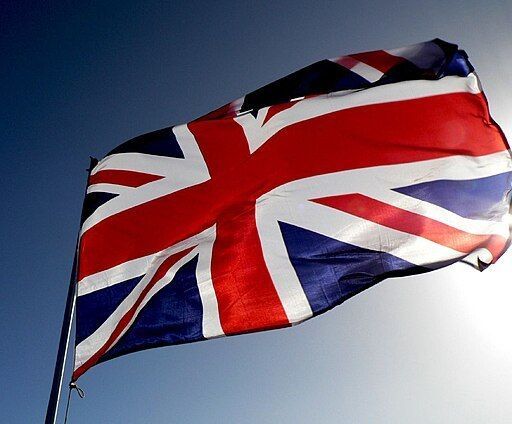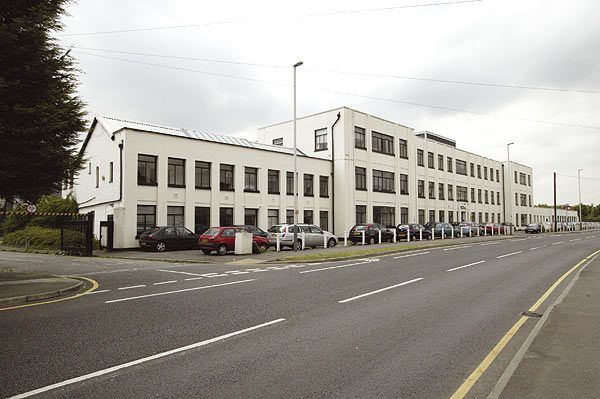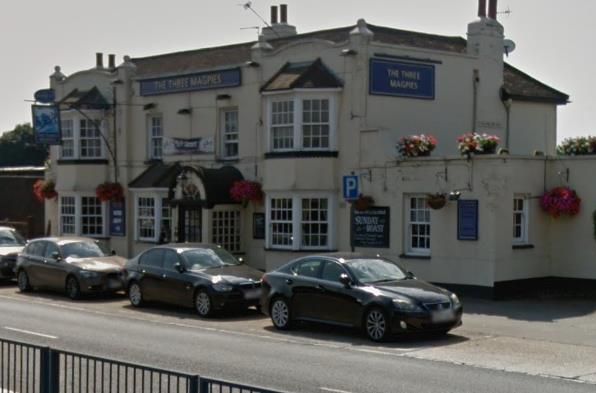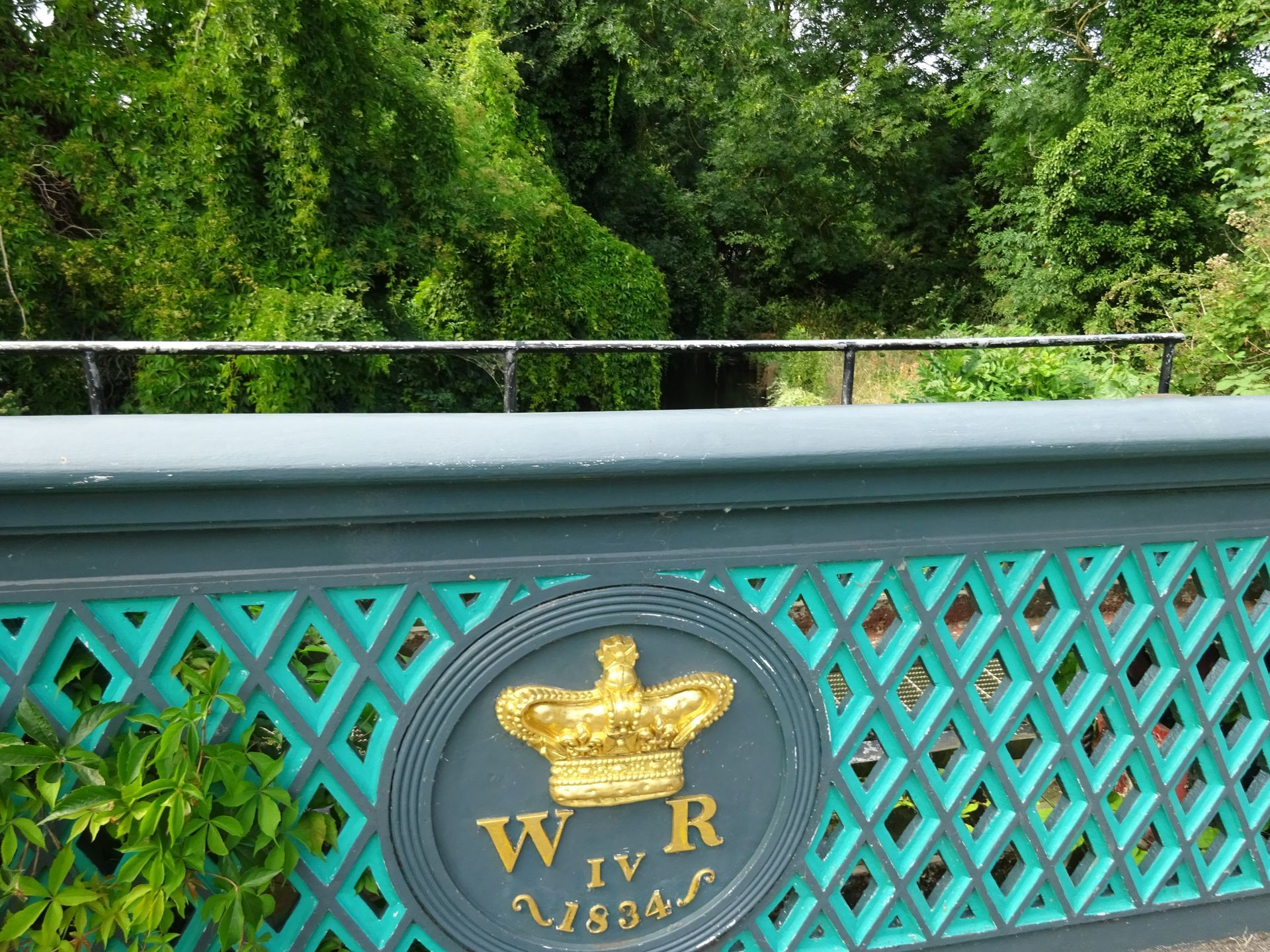Murder at the Colnbrook Tollhouse
When Bath became a fashionable place for Society to visit, the Great Bath Road (A4), which went from London, through Hounslow Heath to Longford and Colnbrook and onwards to Bath, saw an increase in the long-distance carriage trade. The constant movement of carriage-wheels damaged the compressed earth road and often resulted in a quagmire of deep mud through which pedestrians, riders and coaches had to pass. When the mud dried out the crushed mud then covered travellers in clouds of dust.
Local people would sometimes spread gravel on the road to improve the surface, but it soon became clear a proper maintenance policy was needed. Turnpike Trusts were formed on all major roads. They would charge users a toll to travel along the roads and this money paid for the cost of road maintenance. Gates were set up across the road where the toll was to be collected and toll houses built for the toll-house keeper and his family to live in.
The Colnbrook Turnpike Trust was set up in 1727 to maintain a length of road from Cranford Bridge to Maidenhead Bridge. A turnpike gate was built at Salt Hill in Slough, but the main gate was west of Colnbrook. This gate was later thought to be inconvenient and collected insufficient funds, so in 1739 it was moved to the eastern side of Colnbrook near the road to Poyle and a tollhouse built alongside it.[1] Two toll gatherers were employed to collect the tolls. The tollhouse was often isolated and vulnerable to thieves who knew that sums of money were held there.
On 16 June 1735 the Colnbrook Toll keeper was robbed of all the previous days takings.[2] In April 1768 the tollhouse keeper, Benjamin Harvey was robbed of not only his takings, but his silver watch and eight shillings and ninepence of his own money. The Colnbrook Turnpike Trust refunded him £2.18s.3d for his loss.
Joseph Pierce from Langley Marish had married his London-born sweetheart in 1764 when he was 26. Later Joseph became the tollhouse keeper and moved his growing family into the tollhouse at Colnbrook. On the night of 23 February 1781 he heard a noise in the tollbooth and went to investigate. At two in the morning a butcher from Windsor, with another traveller, entered the tollhouse to pay their turnpike toll and found the keeper badly injured on the floor, covered in blood, and dying. His head appeared to have been caved in from the use of a blood-covered poker that lay nearby and there was a large pool of blood around his body. It was later found that twelve pounds had been stolen.[3] Joseph Pierce did not survive the night. He was 43 and left his wife with a teenage daughter and three young children. The family lost their home and their wage-earner on that terrible night.
The murder shocked the nation and the hunt was on for the killer. In March a man was arrested in London and confessed to the murder and robbery at Colnbrook turnpike, but appeared to be “disordered in his senses” and it was discovered that he had arrived from India since the murder and robbery were committed.[4]
It was not until three years later that the culprit was discovered by chance. In April 1784 a man called Robert Griffith was employed by Samuel Dixon who lived in the 16th century Wallingtons Manor, a large manor house in the village of Kintbury, Berkshire. On the night of 7 April Samuel Dixon was staying in London when the manor house was badly damaged by fire. Robert Griffith was sent to London to tell Mr Dixon about the fire, but his suspicious behaviour caused Dixon to question Griffith about the fire. He eventually confessed that he started the fire to cover up the fact that he had stolen a brace of pistols, a gun, and a quantity of money.
Whilst in custody he also confessed to the murder of the Colnbrook Tollhouse keeper. At the time of the murder Griffith had been the second toll-gatherer at Colnbrook and it was thought Joseph Pierce had surprised him whilst he was stealing the takings. Griffith was sent to Reading Goal where he tried to slit his own throat, but he missed his windpipe and, after the cut was sewn up, he survived.[5] His sentence is unrecorded, but the crime would have been classed as highway robbery for which a death sentence is mandatory.
The tollhouse was demolished in 1962. There is a rumour that it was haunted by the ghost of Joseph Pierce, and that his spirit is said to walk at Halloween.
For more historical stories about Colnbrook, Longford, and Harmondsworth read “Longford: A Village in Limbo” by Wendy Tibbitts.
For a “Look Inside” option for this book go to https://b2l.bz/WUf9dc
[1] Rosevear, Alan. A booklet on the Turnpike Road around Reading. http://www.turnpikes.org.uk/Reading%20turnpike%20roads.htm
[2] Newcastle Courant - Saturday 21 June 1735
[3] Bath Chronicle and Weekly Gazette - Thursday 01 March 1781
[4][4] Reading Mercury - Monday 19 March 1781
[5] Northampton Mercury - Monday 26 April 1784
